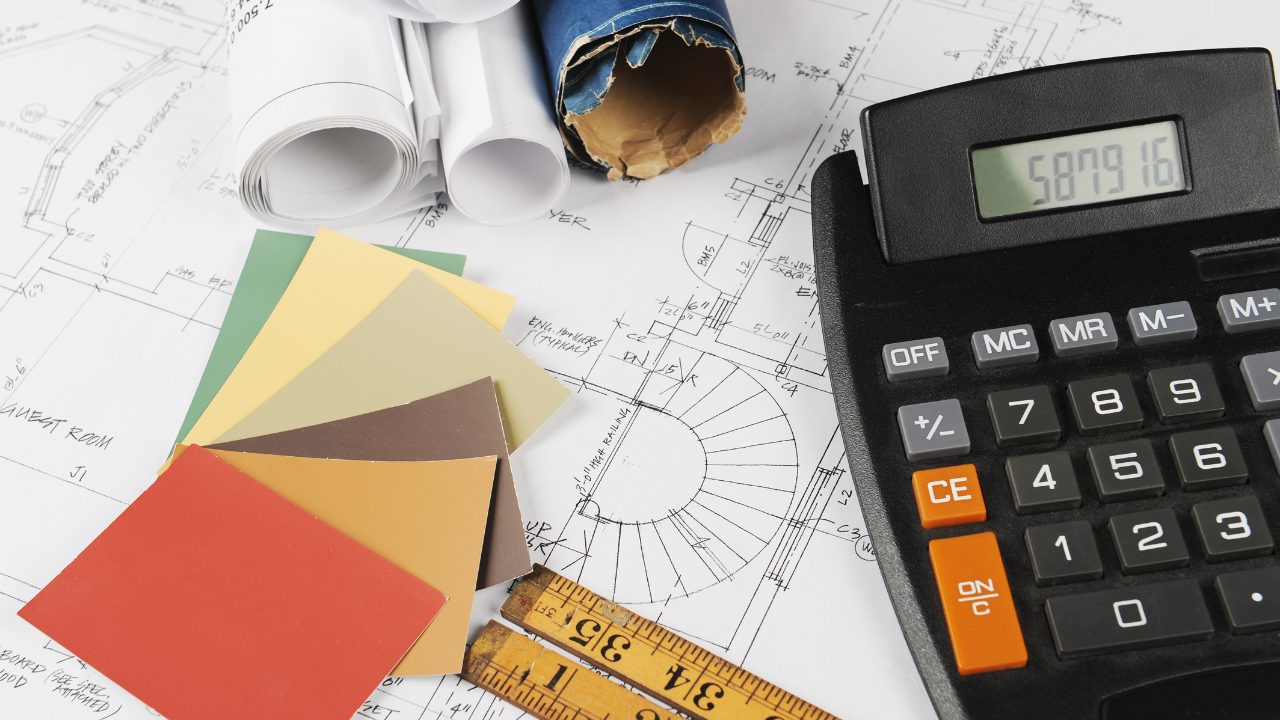As a business owner or property manager in Texas, it is crucial to ensure the comfort and safety of your employees, customers, and tenants. This often includes maintaining a functional heating and cooling system throughout the year.
However, surprise repairs or replacements for commercial HVAC systems can quickly become costly and disrupt operations. That is why understanding the average cost of HVAC replacement in Texas is essential for budget planning and decision-making.
I will explore all parts of commercial HVAC replacement costs in Texas. I will help you understand what factors make this necessary investment for your business or property expensive.
The Ultimate Guide to Estimating Your Commercial HVAC Replacement Cost Estimation in Texas
Estimating the cost of replacing commercial HVAC systems in Texas requires a deep understanding. Exploring the realm of HVAC in Texas, delving into HVAC takeoff Texas is crucial for precise project estimation. Here is your ultimate guide to effectively estimating the replacement cost of commercial HVAC systems in Texas:
Assessment of Existing System:
Begin by assessing the current HVAC system’s condition, age, efficiency, and capacity. Understanding the existing setup is crucial for determining the scope of the replacement project.
Consider System Size and Capacity:
Calculate the required size and capacity of the new HVAC system based on the commercial space’s square footage, layout, occupancy levels, and cooling/heating needs. Oversized or undersized systems can impact efficiency and comfort.
Selection of HVAC Equipment:
Choose energy-efficient HVAC equipment that meets Texas’ climate demands and energy efficiency standards. Consider factors like SEER ratings, EER ratings, and ENERGY STAR certification to optimize long-term operational costs.
Labor and Installation Costs:
Budget for labor costs associated with HVAC system removal, installation, ductwork modifications, electrical work, permits, and any structural changes required. Obtain quotes from licensed HVAC contractors in Texas for accurate labor estimates.
Ductwork Evaluation:
Assess the condition of existing ductwork for leaks, insulation integrity, and compatibility with the new HVAC system. Upgrading or repairing ductwork may be necessary and should be factored into the cost estimation.
Energy Efficiency Upgrades:
Explore energy-saving upgrades such as programmable thermostats, zone controls, VRF systems, variable-speed motors, and smart technologies. Investing in energy-efficient features can lead to long-term cost savings on utility bills.
Maintenance Agreements:
Consider including maintenance agreements in the cost estimate to ensure regular servicing, filter replacements, and system tune-ups post-installation. Proper maintenance extends the lifespan of the HVAC system and optimizes performance.
Permitting and Compliance:
Factor in permitting fees, inspections, and compliance costs required by Texas building codes and regulations for HVAC system replacements. Ensure all installations meet safety standards and environmental guidelines.
Contingency Fund:
Allocate a fund of 10-15% of the project cost for unexpected expenses. These can include unforeseen challenges or last-minute adjustments during the replacement.
Supplier Quotes and Negotiation:
Obtain multiple quotes from reputable HVAC suppliers in Texas, compare pricing, warranties, and product features. Negotiate with suppliers for discounts, bulk pricing, or package deals to secure cost-effective equipment purchases.
Financial Incentives and Rebates:
Research available financial incentives, rebates, or tax credits offered by Texas utility companies or government programs for installing high-efficiency HVAC systems. These incentives offset upfront costs and promote sustainable practices.
It will help you estimate the cost to replace commercial HVAC systems in Texas. It will also help you plan for expenses, pick energy-efficient solutions, and ensure a successful and cost-effective HVAC upgrade.
Cost-Effective Strategies for Commercial HVAC Replacement in the Texas Market
Replacing commercial HVAC systems in Texas needs strategic planning. The goal is to cut costs while keeping quality and performance. Here are key cost-effective strategies to consider when undertaking HVAC replacement projects:
Energy Efficiency Upgrades:
Invest in energy-efficient HVAC systems with high SEER/EER ratings to reduce long-term operational costs. Energy-efficient equipment can get rebates and tax incentives. It also leads to lower utility bills, providing savings over time.
Lifecycle Cost Analysis:
Compare upfront costs with long-term expenses. Do this by doing a lifecycle cost analysis of different HVAC systems. Consider factors like energy efficiency, maintenance requirements, and equipment lifespan to make informed decisions.
Proactive Maintenance Planning:
Put in a maintenance plan for the new HVAC system. It should be proactive. The plan will stop breakdowns, boost efficiency, and lengthen the equipment’s life. Regular maintenance reduces repair costs and improves overall system performance.
System Zoning and Controls:
Use zoning systems and smart controls. They optimise heating and cooling in different areas of the space. Zoning allows for customised temperature settings, minimising energy waste and improving occupant comfort.
Equipment Sizing and Load Calculation:
Ensure proper sizing of HVAC equipment based on accurate load calculations for the commercial space. Systems that are too big or too small cause inefficiencies. They also cause high bills and equipment to fail early.
Vendor Negotiation and Comparison:
Obtain competitive bids from multiple HVAC vendors and contractors in Texas. Negotiate prices, warranties, and installation services. Also, negotiate maintenance agreements. Do this to get cost-effective solutions without sacrificing quality.
Equipment Longevity Consideration:
Select HVAC equipment known for durability, reliability, and ease of maintenance to minimise replacement frequency and associated costs. Investing in high-quality, reputable brands can result in long-term savings and reduced downtime.
Regular Performance Monitoring:
Implement a system for monitoring and analysing the HVAC system’s performance post-replacement. Track energy consumption, indoor air quality, and temperature fluctuations. Also, track maintenance needs. Do this to find opportunities to optimise and be efficient.
These cost-effective strategies are for replacing commercial HVAC in Texas. They help businesses get efficient, reliable, and sustainable heating and cooling. The solutions fit budget limits and operational goals.
To read more articles visit Relxnn
Conclusion
Determining the cost of commercial HVAC replacement in Texas can be a complex and daunting task. With various factors such as equipment type, building size, and location all playing a significant role, it is essential to consider all aspects before making any decisions; however, using a reliable cost estimator and asking experienced professionals are also crucial. Businesses can ensure that they get the best value for their investment. They can also improve energy efficiency and cut operating costs. A well-designed and properly installed system provides comfortable working conditions for employees and ensures that customers have a pleasant experience when visiting your establishment. Upgrade your commercial HVAC system now. It will make your business more comfortable and cost-effective.









